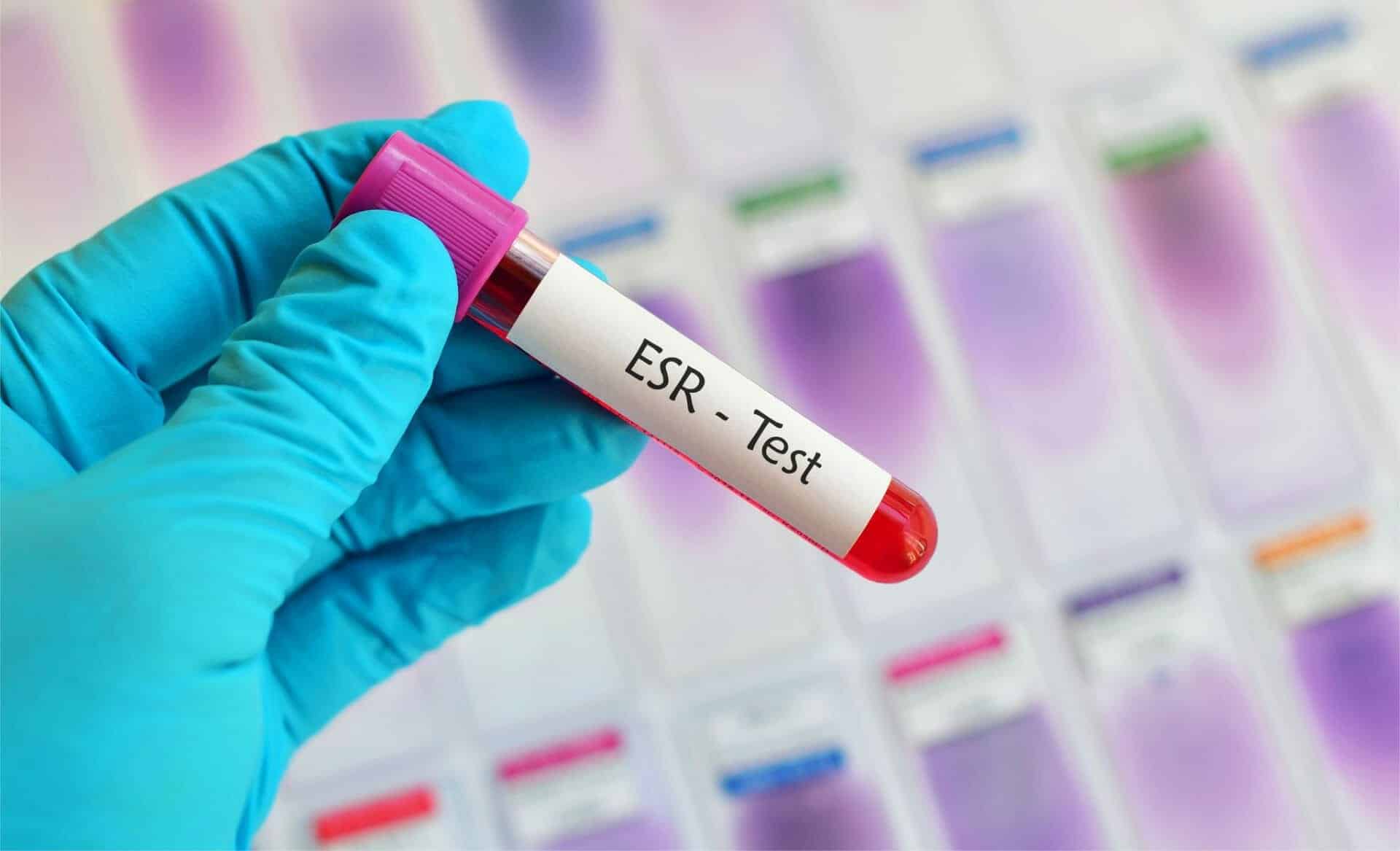
Erythrocyte Sedimentation Rate (ESR) is a common blood test used in medicine to assess inflammation in the body. While ESR levels can vary for various reasons, such as autoimmune disease, infections, or tumors, it is worth exploring Why ESR is high in females compared to males. [1]
Its levels can increase in various conditions, such as inflammation, infections, metabolic disorders, autoimmune disorders, etc. Several Ayurvedic texts have outlined the classical symptoms of Sandhigata Vata affecting the Janu Sandhi, and numerous studies have explored this phenomenon. [3] To understand Why ESR is high in female, we need to delve into the intricacies of female physiology, hormonal influences, and the broader context of inflammation in women’s health.
Factors Leading to High ESR in Females
Hormonal Fluctuations:
One of the primary reasons Why ESR is high in female is hormonal fluctuations throughout their menstrual cycle. ESR tends to be higher during the menstrual period when estrogen levels are at their lowest. This fluctuation in hormonal levels can impact the body’s inflammatory response, leading to increased ESR. [9]
Pregnancy:

Pregnancy is another stage in a woman’s life and a reason Why ESR is high in female. Due to the significant rise in fibrinogen levels during pregnancy, it is well-recognized that the erythrocyte sedimentation rate tends to be elevated. Likewise, due to the expansion of plasma that occurs in a typical pregnancy, or the potential reduction in hemoglobin concentration associated with anemia, there is an increased likelihood of rouleaux formation, leading to a further elevation in the erythrocyte sedimentation rate. [7]
Pregnancy exerts considerable demands on the maternal body, often leading to substantial depletion (‘kshaya’) of bodily tissues (‘dhatu’) and a loosening (‘dhatu shaithilya’) of their structure. This condition is further exacerbated by the loss of blood (‘rakta’) and bodily fluids (‘kleda’) during the strenuous process of labor, resulting in a state where the maternal body can be likened to ‘shunyavat’ or significantly drained. Therefore, it becomes evident that the exacerbation of the Vata dosha, commonly observed in the puerperal stage, has the potential to induce ‘amavata’ or a condition resembling rheumatoid arthritis, leading to increased ESR levels. [8]
Menopause:
Menopause is a significant hormonal transition in a woman’s life and yet another reason Why ESR is high in female. During menopause, estrogen levels drop dramatically, and this hormonal imbalance can affect inflammation and subsequently lead to higher ESR levels. [9]
Autoimmune Diseases:
Autoimmune diseases, which disproportionately affect women, can significantly elevate ESR levels. Conditions like rheumatoid arthritis are more prevalent in females, and they are associated with chronic inflammation. These diseases can cause the body to produce more inflammatory proteins, leading to higher ESR readings. [8]
Menstrual Disorders:
Women with certain menstrual disorders, such as haemorheological changes, may experience chronic inflammation within the reproductive organs. This localized inflammation can be a cause of Why ESR is high in female, especially if the condition is severe or long-standing. [10]
Medications and Birth Control:
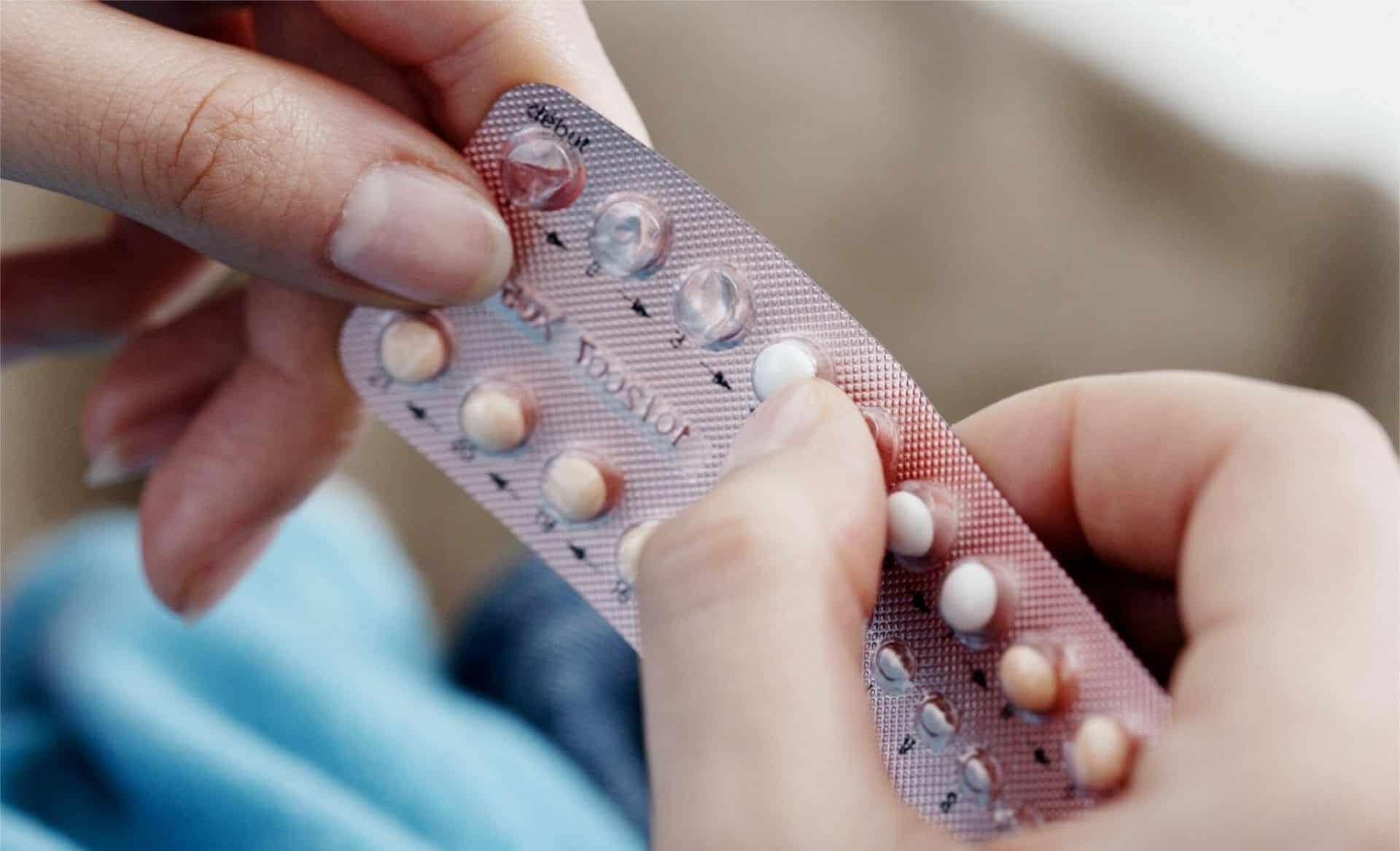
Certain medications, including hormonal contraceptives, can influence ESR levels and be the reason Why ESR is high in female. Birth control pills, for instance, may impact hormonal balance and inflammation markers in some women, leading to variations in ESR readings. [9]
Amatava
Aamavata is a chronic systemic ailment that affects multiple joints. Its recognition as a distinct disease entity can be traced back to the ancient Ayurvedic text, Madhav Nidana, which explicitly emphasizes the pivotal roles of Aama and Vata in its pathogenesis. The root cause of this condition is primarily attributed to the disruption of Agni, which occurs due to inappropriate dietary and lifestyle practices.
This ailment has become increasingly prevalent due to evolving dietary habits and sedentary lifestyles, including the consumption of junk, unhealthy food and an absence of physical activity. These factors lead to a decline in Agni, subsequently resulting in the formation of Aama, which circulates within the body and eventually accumulates in the joints, causing symptoms such as joint pain, swelling, and stiffness, leading to high ESR readings. [4]
Metabolic Factors:
The impact of metabolic factors on Erythrocyte Sedimentation Rate (ESR) is noteworthy. It is observed that both overweight and obese people, as well as those suffering from metabolic syndrome, show a positive correlation with elevated ESR levels in females. [2]
FAQs
• How can ESR levels be regulated?
Erythrocyte Sedimentation Rate (ESR) tends to elevate in the majority of inflammatory conditions. Following the completion of the Langhana Upakrama treatment, a notable decrease in swelling (shotha) and a significant reduction in ESR levels can be seen. [4] Ashwagandha and Sidh Makardhwaj are also considered great remedies for the condition. [5]
• At what levels of ESR should you consider treatments?
Detoxification therapy (‘sodhana’) might be a suitable choice when the Erythrocyte Sedimentation Rate (ESR) exceeds 58.6mm/hr, contingent upon relevant laboratory reports that align with the specific disease being treated. Similarly, for ESR levels surpassing 36.2mm/hr, therapeutic measures involving fasting (‘langhana’) and digestive enhancement (‘pachana’) can be considered. In cases where ESR values hover near the borderline, a fasting approach (‘langhana’) may still be a viable option. [6]
• Is there a connection between Erythrocyte Sedimentation Rate (ESR) and Polycystic Ovary Syndrome (PCOS)?
In both groups, individuals with obesity exhibit elevated levels of typical inflammatory markers, such as ESR and fibrinogen, in contrast to those with normal body weight. The obese subjects display lower levels of high-density lipoprotein cholesterol (HDL-C) and higher triglyceride concentrations when compared to their normal-weight counterparts. Among obese PCOS patients, the concentration of non-HDL cholesterol (non-HDL-C) is the highest. [11]
Conclusion
The reason Why ESR is high in female can be attributed to the existence of several factors, such as hormonal fluctuations, pregnancy, menopause, autoimmune diseases, menstrual disorders, stress, dietary choices, genetic factors, environmental influences, and medications. It is important to note that ESR is just one marker of inflammation, and its elevation in females should be considered in the context of their unique physiological and hormonal characteristics.
Disclaimer:
This article is written from a health and wellness perspective and is not medical advice. Kindly seek the help of a certified medical practitioner before initiating any treatment.
References:
- Erythrocyte Sedimentation Rate
- Factors influencing erythrocyte sedimentation rate in adults: New evidence for an old test
- CO-RELATION OF ERYTHROCYTE SEDIMENTATION RATE IN SANDHIGATA VATA AFFECTING JANU SANDHI- A CROSS-SECTIONAL STUDY
- Efficacy of Langhana with Saptamushtika Yusha in the Treatment of Aama in Aamavata with special reference to Rheumatoid Arthritis
- Efficacy & safety evaluation of Ayurvedic treatment (Ashwagandha powder & Sidh Makardhwaj) in rheumatoid arthritis patients: a pilot prospective study
- AN ASSESSMENT OF ĀMAVASTHA AMONG ESR TESTED SUBJECTS AT GOVT. AYURVEDA COLLEGE HOSPITAL LABORATORY, KANNUR, PARIYARAM
- Pregnancy and the erythrocyte sedimentation rate
- Effect of panchakarma and Ayurvedic treatment in postpartum rheumatoid arthritis (amavata): A case study
- Female sex hormones and the erythrocyte Sedimentation rate Results from a population study of women in Göteberg, Sweden
- Haemorheological changes during the menstrual cycle
- Women with Polycystic Ovary Syndrome and Risk of Cardiovascular Disease




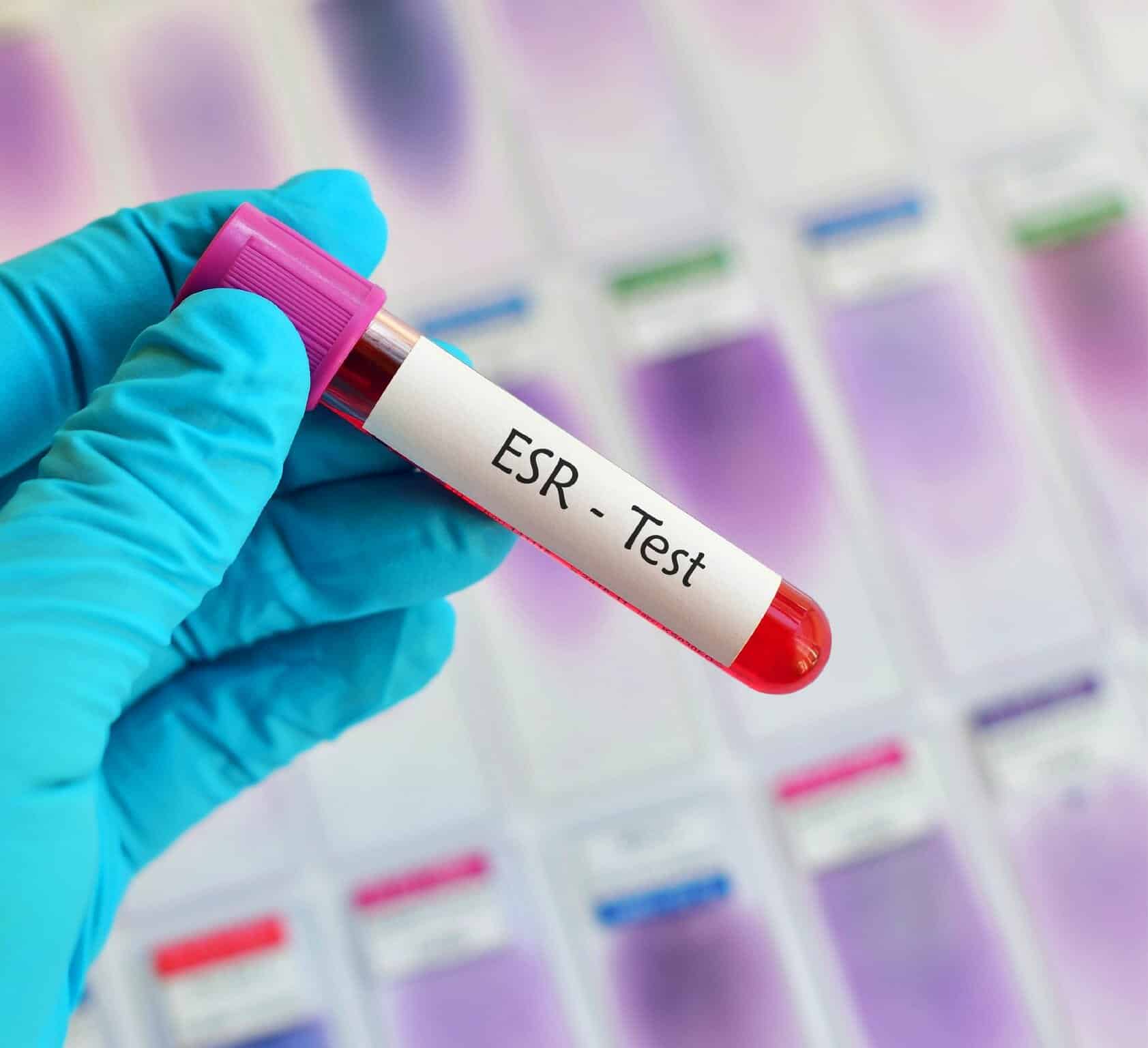




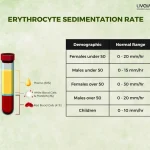






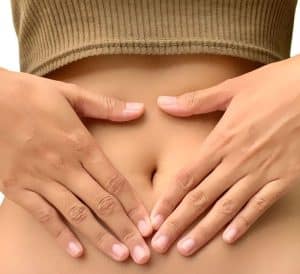

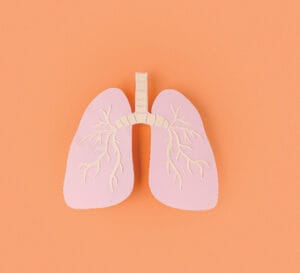



1 Comments